The Full Guide to White Cheddar Cheese Every Cheese Lover Needs
When you think of cheese, white cheddar is probably one of the first that comes to mind. Its creamy texture, tangy flavor, and endless culinary versatility make it a favorite among foodies, snackers, and chefs alike. But beyond its delicious taste, how much do you really know about white cheddar? Whether you’re a cheese enthusiast or simply looking to expand your palate, this guide will take you on a flavorful journey through the world of white cheddar—from its origins to how to pair it perfectly.
Table of Contents
Grab your crackers (or wine glass), and let’s dig in.
What Is White Cheddar?
White cheddar is a time-honored variety of cheddar cheese that skips the orange coloring used in its more familiar counterpart. Originating in the English village of Cheddar in Somerset, cheddar cheese first began gracing tables as early as the 12th century. What sets white cheddar apart is not just its lack of additives, but its purer, full-bodied flavor that many cheese enthusiasts find irresistible. The cream-colored hue reflects the milk it’s made from, often fresh from grass-fed cows, which helps preserve its natural taste.
Why is it often white? While many associate the bright orange color of cheddar with the cheese itself, this tint is actually the result of added annatto seeds, a natural coloring agent. Without these, the cheese retains its creamy, off-white shade, highlighting its commitment to tradition and simplicity.
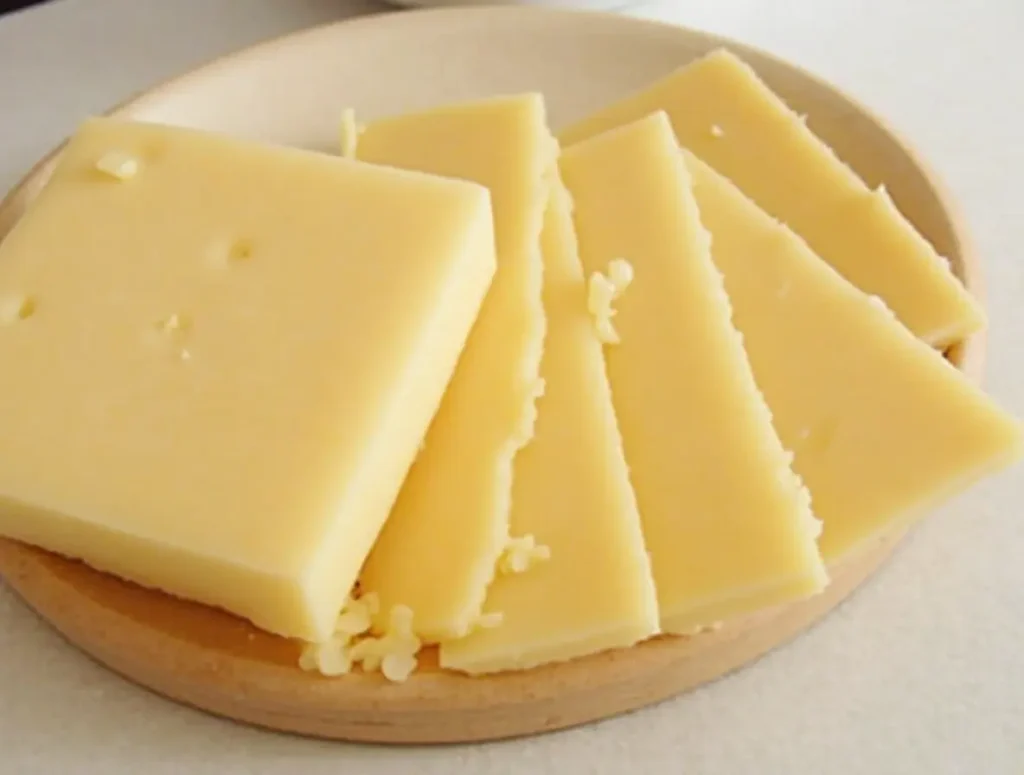
The Art of Making White Cheddar
Every block of white cheddar tells a delicious story crafted with care. It all begins with one crucial ingredient—high-quality milk. The cheese-making process for white cheddar involves the following steps:
- Heating and Curdling
The milk is heated and combined with rennet (an enzyme) to form curds, setting the foundation for the cheese.
- Cheddaring Process
This step is unique to cheddar cheese. The curds are cut, stacked, and repeatedly flipped to drain whey and develop texture. This highly skilled method impacts the cheese’s signature density and crumbly consistency.
- Aging
White cheddar’s flavor varies with age. Younger white cheddar (often labeled “mild”) is smooth and creamy, making it great for melting. Aged cheddar, on the other hand, boasts a sharper, nuttier profile, with subtle crystal formations that cheese lovers crave.
Throughout the production process, every decision—from the type of milk used to the aging duration—directly affects the flavor and quality of the final product.
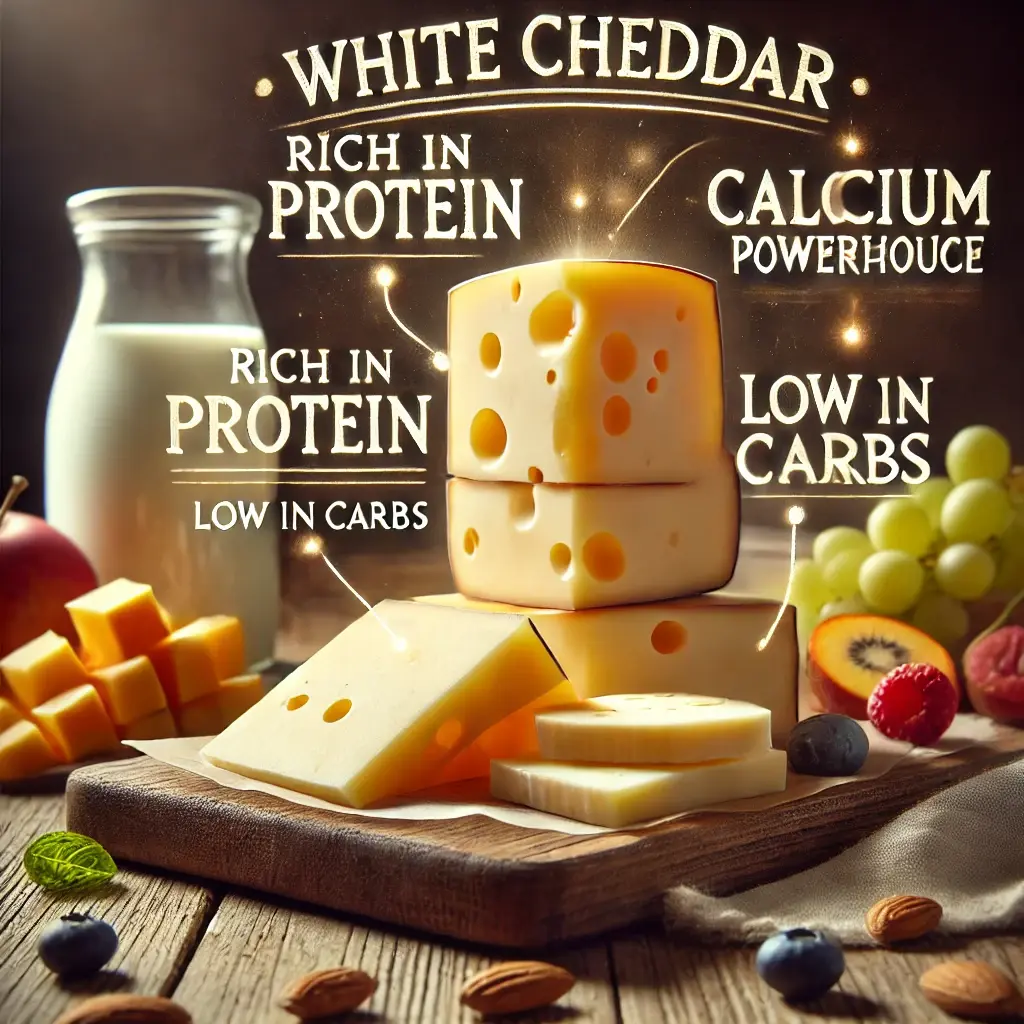
Is White Cheddar Good for You? Absolutely!
Cheese often gets a bad rap, but white cheddar brings a surprising number of health benefits to the table. Here’s why:
- Rich in Protein
With approximately 6–7 grams per ounce, white cheddar can help fuel your muscles and keep you feeling fuller for longer.
- Calcium Powerhouse
One serving of white cheddar provides about 20% of your daily calcium needs, which is essential for strong bones and teeth.
- Low in Carbs
Great news for keto eaters! White cheddar contains virtually no carbs, making it ideal for low-carb diets without compromising flavor.
Just remember, like all cheeses, moderation is key. While packed with nutrients, it’s also fairly calorie-dense, so a little goes a long way.
Here is a table highlighting the key nutritional information for white cheddar cheese (per 1 oz or 28 grams serving):
| Nutrient | Amount | % Daily Value (Approx.) |
|---|---|---|
| Calories | 115 | 6% |
| Protein | 7 g | 14% |
| Total Fat | 9 g | 14% |
| – Saturated Fat | 6 g | 30% |
| Cholesterol | 30 mg | 10% |
| Sodium | 180 mg | 8% |
| Calcium | 200 mg | 15% |
| Vitamin A | 90 IU | 2% |
| Total Carbohydrates | 1 g | 0% |
| – Sugar | 0 g | 0% |
| – Dietary Fiber | 0 g | 0% |
Note: Values may vary slightly depending on the specific brand or variety of white cheddar cheese.


How to Use White Cheddar in the Kitchen
White cheddar isn’t just tasty—it’s incredibly versatile. Here are some recipes and ways to incorporate it into your cooking:
Everyday Favorites
Trade in your powdered cheese packet for fresh sharp white cheddar. Its tang balances the creaminess of the dish perfectly.
- Grilled Cheese Sandwich
Elevate your sandwich game by layering white cheddar with caramelized onions or sliced apples.
- Scrambled Eggs
Grate some aged white cheddar over fluffy eggs for an instant flavor boost.
Entertaining Must-Haves
- Cheese Boards
White cheddar is a staple on any gourmet platter. Pair it with dried apricots, nuts, or honey for a combination made in heaven.
- White Cheddar Fondue
A melted pot of white cheddar, served with warm bread, veggies, or cured meats, makes for the ultimate crowd-pleaser.
Beverage Pairings
Did you know white cheddar pairs exceptionally well with certain drinks? Its sharp, creamy profile complements:
- Apple Cider (Non-Alcoholic) – The crisp, sweet-tart flavor perfectly balances white cheddar’s creaminess.
- Sparkling Water with Citrus – A refreshing, fizzy pairing that complements and cleanses the palate.
- Iced Green Tea – Its earthy, slightly bitter notes contrast beautifully with the richness of white cheddar.
White Cheddar Cheese Around the World
Though cheddar cheese hails from England, its fame has spread far and wide, and every region adds its own twist. Here are some varieties worth exploring:
- Classic English Cheddar (Somerset, UK): Creamy, bold, and earthy, this is where it all began.
- Vermont Cheddar (USA): Known for its clean, tangy profile and premium quality.
- Canadian Cheddar (Canada): Typically aged longer, offering a nutty, distinctive sharpness.
- Australian Cheddar (Australia): Sweet and mild, Aussie cheddar is becoming increasingly popular globally.
Each region’s cheese has a personality of its own, shaped by local milk, production methods, and traditions.
Storing and Serving White Cheddar the Right Way
To fully enjoy white cheddar, proper storage and serving are crucial. Here’s how to keep it fresh and delicious:
Buying Tips
- Look for cheddar without additives, and opt for blocks over pre-shredded varieties to preserve freshness.
- Higher price points often indicate better aging and flavor depth.
Storing Tips
- Store in a cool fridge wrapped in wax paper or cheese paper to allow it to breathe.
- Avoid plastic wrap, as it can trap moisture and alter flavor.
How to Serve
- Take the cheese out of the fridge 30 minutes before serving to allow the flavors to fully bloom.
- Use a high-quality cheese knife to achieve clean cuts for serving.
Discover the Creamy World of White Cheddar
White cheddar isn’t just a cheese—it’s an experience. From its rich history and meticulous production process to its versatility in the kitchen, there are so many reasons to keep this classic cheese stocked in your fridge. Whether you’re savoring its sharp tang on a cheese board or melting it into your favorite dish, white cheddar brings the perfect combination of tradition and flavor.
Frequently Asked Questions about White Cheddar Cheese
What is the difference between white cheddar and yellow cheddar?
White cheddar and yellow cheddar are similar in taste and texture; the main difference is the color. Yellow cheddar is typically dyed with annatto or another natural coloring, whereas white cheddar is left in its natural, off-white state.
How long does white cheddar cheese last once opened?
When properly stored in the refrigerator, white cheddar can last for three to four weeks. It should be wrapped in wax paper or cheese paper to maintain freshness and avoid trapping moisture.
Can I freeze white cheddar cheese?
Yes, you can freeze white cheddar cheese to extend its shelf life. However, freezing may alter the texture slightly, making it more crumbly. It’s best for cooking use after thawing rather than slicing for a cheese board.
Is white cheddar cheese lactose-free?
While white cheddar cheese is not completely lactose-free, aged varieties generally contain less lactose than fresh cheeses. Those with mild lactose intolerance may tolerate aged white cheddar better.
Can I melt white cheddar cheese?
Absolutely! White cheddar cheese melts beautifully and is perfect for dishes like fondue, grilled cheese sandwiches, and mac and cheese.
What’s the best way to serve white cheddar cheese at a party?
For a party, serve white cheddar cheese at room temperature to allow the flavors to fully develop. Pair it with complementary foods like fruits, nuts, and crackers, and consider providing beverage pairings like wine or beer.
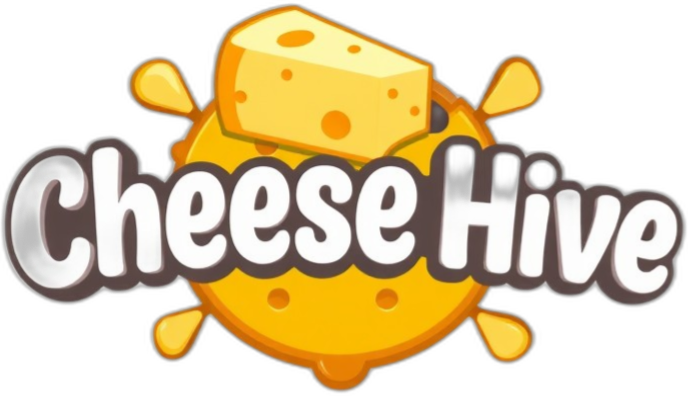

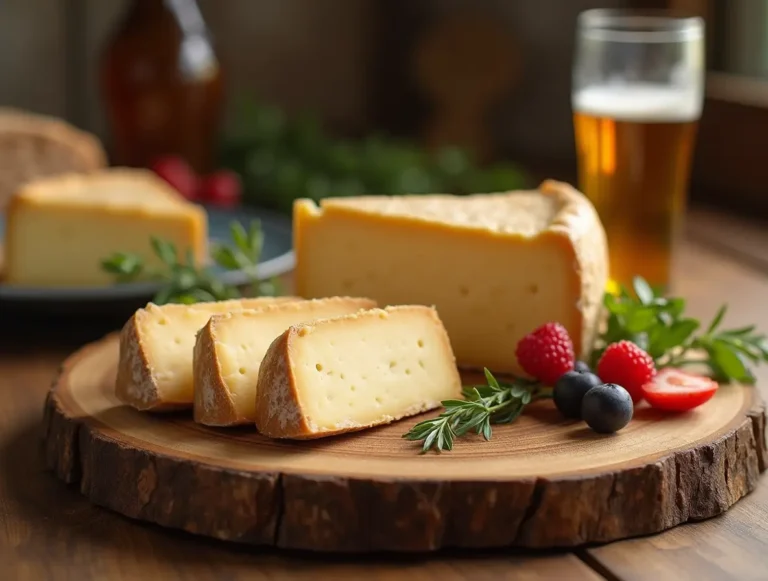
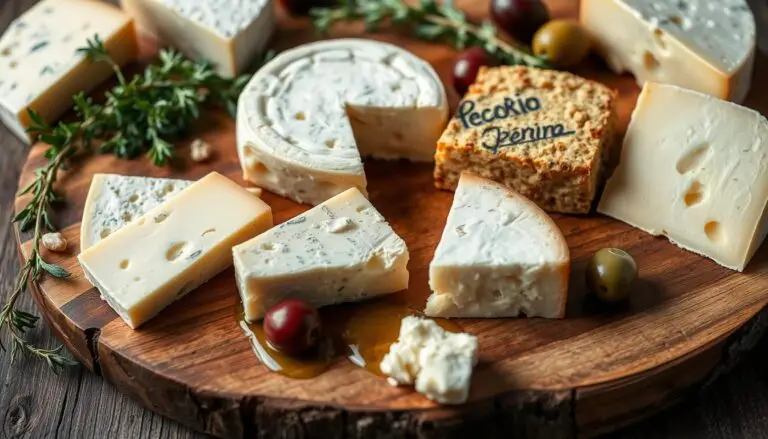
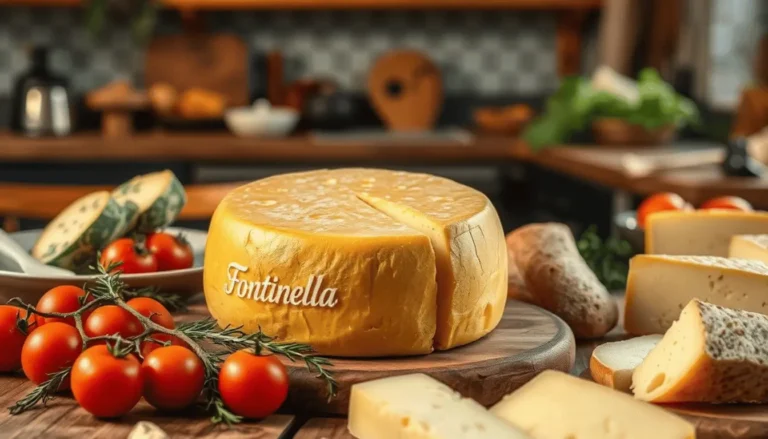
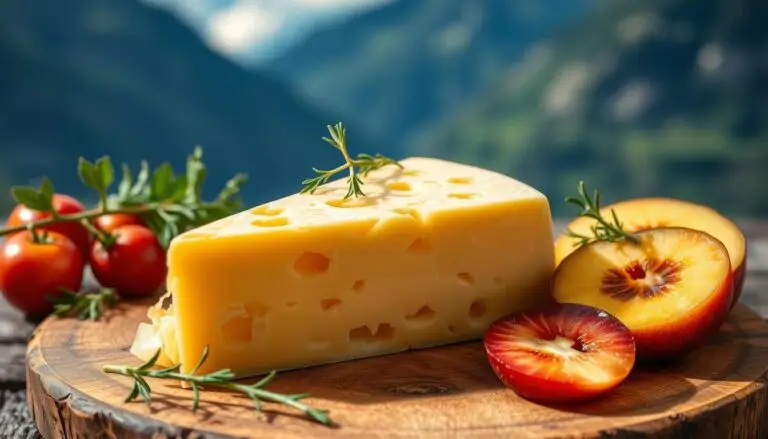
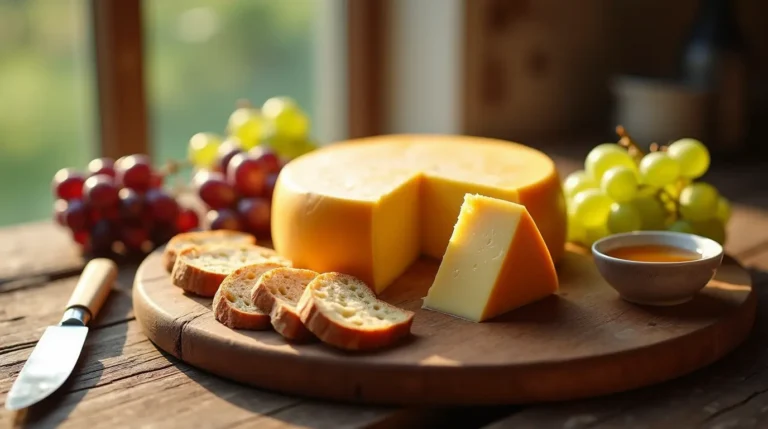

3 Comments
Comments are closed.